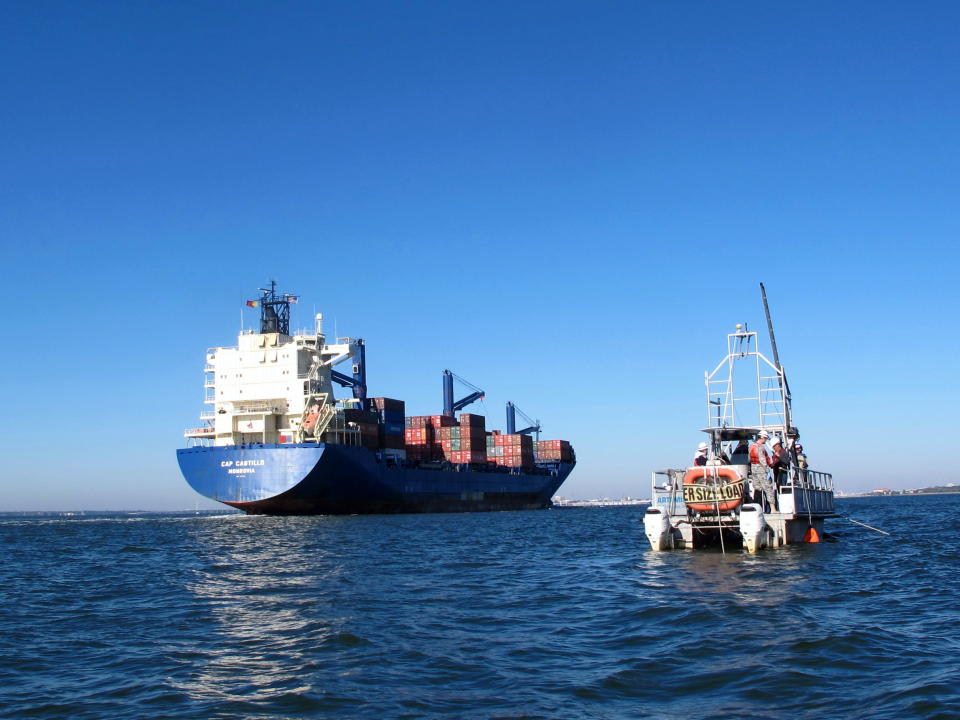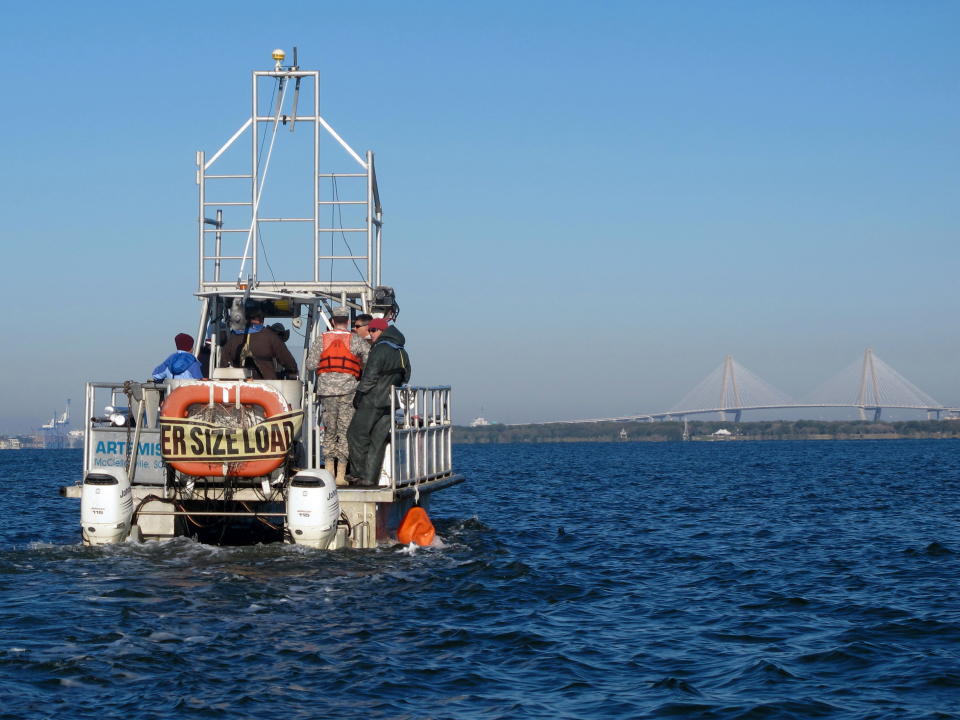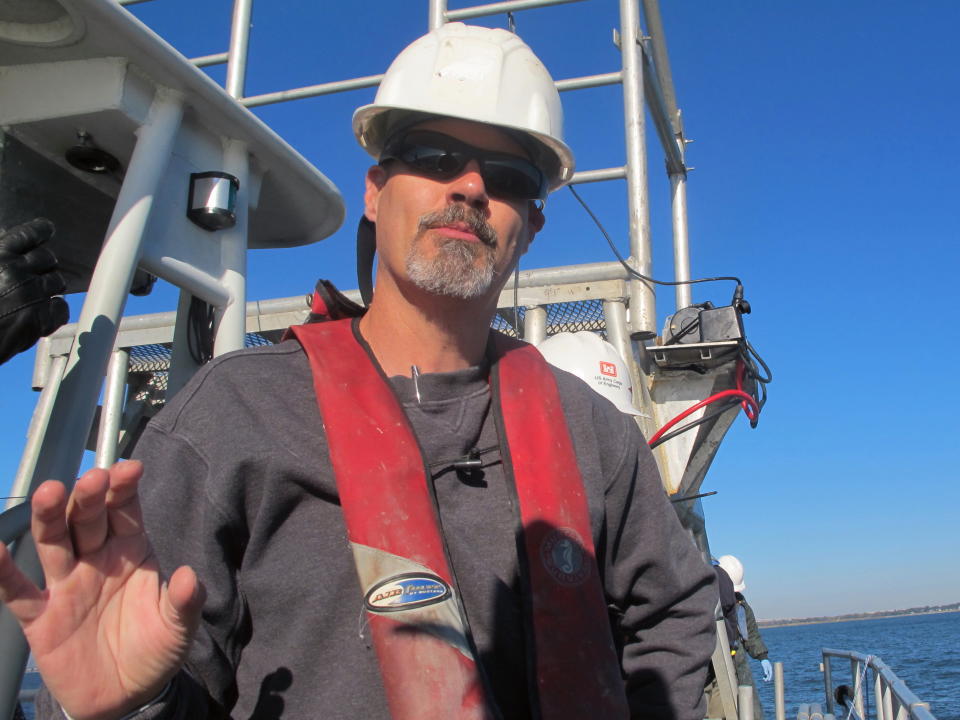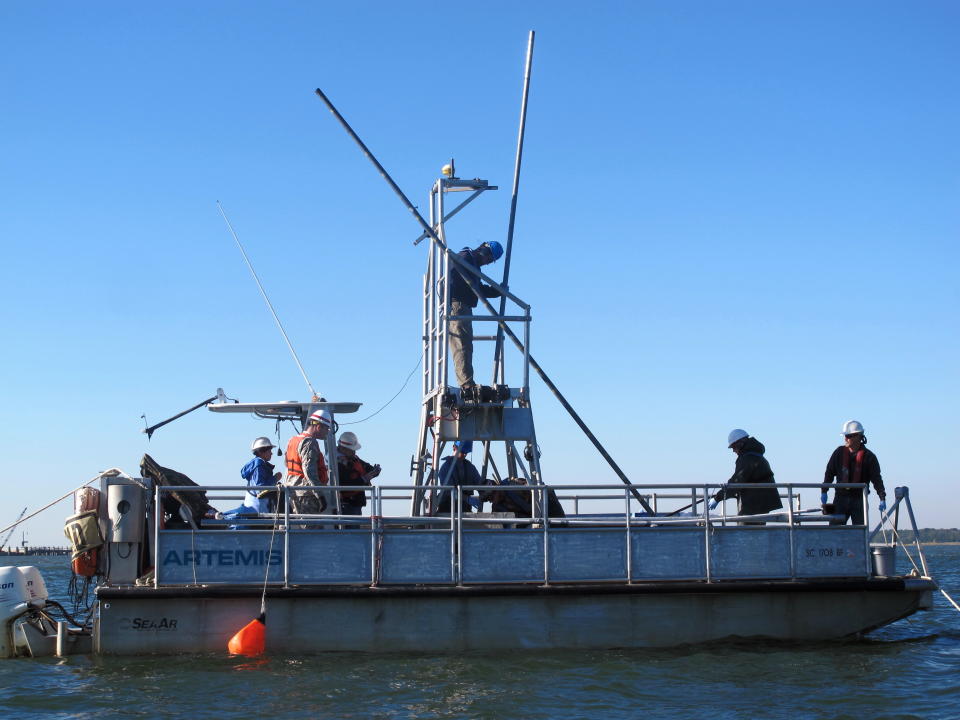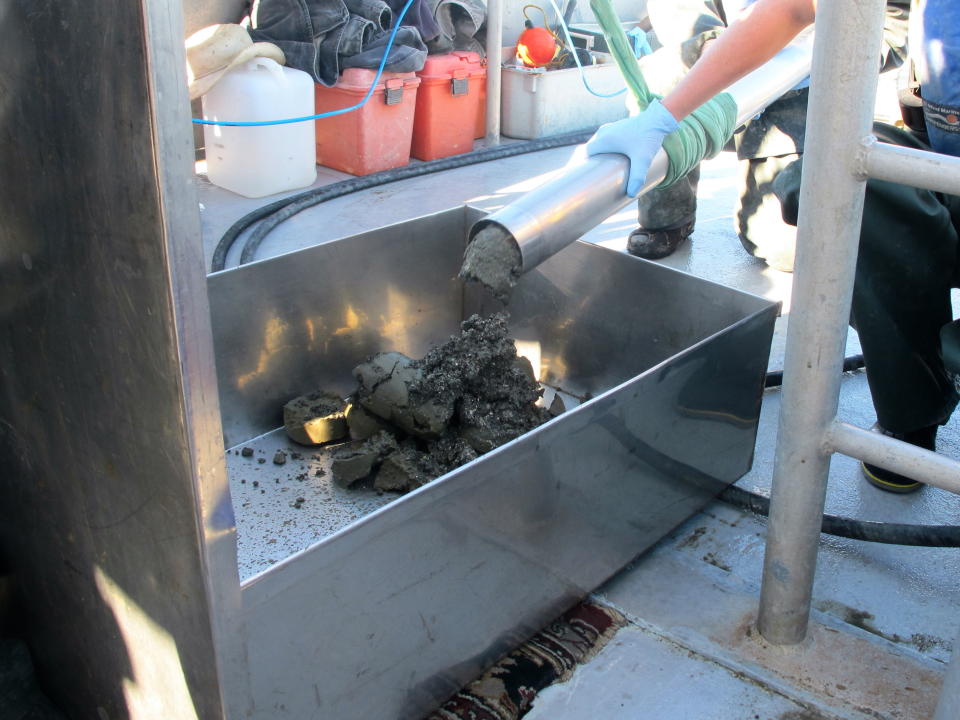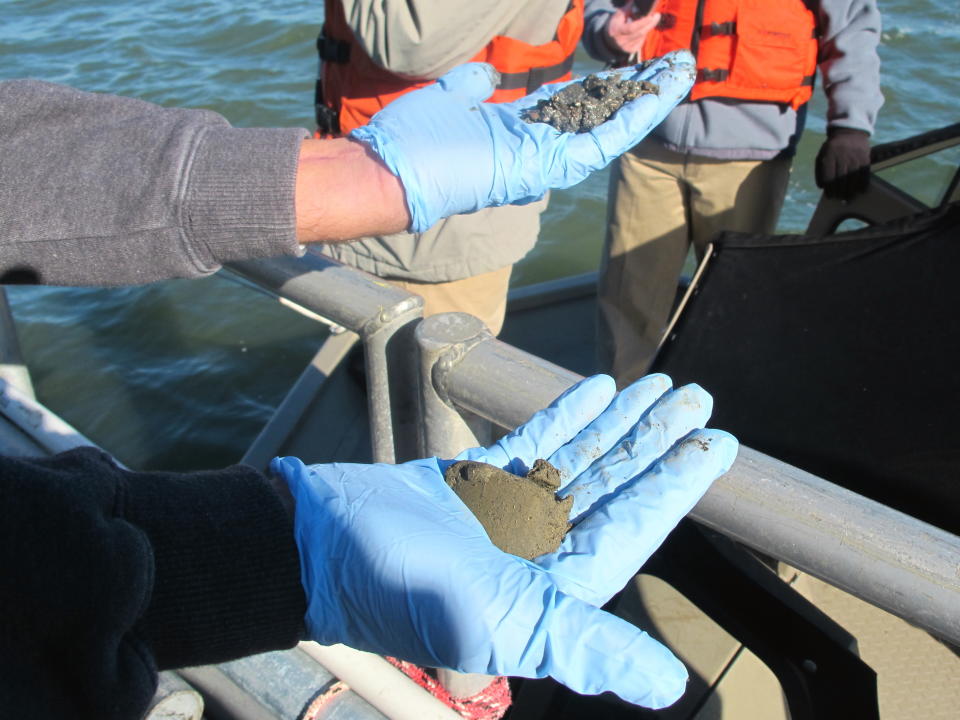Analyzing SC harbor sediment is complex work
CHARLESTON, S.C. (AP) — Collecting sediment samples from Charleston Harbor for a study for a $300 million deepening of the shipping channel would seem straightforward. But the work appears more a cross between "House" and "CSI Miami."
It's more complex than simply having workers dredge up whatever muck is at the bottom and take a look. In reality, great care is taken to protect samples from contamination, boat workers wear latex gloves and they establish a chain of custody as samples are sent across the continent for analysis.
"The United States has some of the most stringent laws for dredge analysis in the world," Terry Cake, the vice president of Anamar Environmental Consulting of Gainesville, Fla., said last week aboard a pontoon boat taking samples. "All of this is so when the material is disposed of, it's not going to present any danger to the environment."
Anamar has a $1 million contract with the U.S. Army Corps of Engineers.
Maritime interests want the harbor channel deepened to 50 feet so the Port of Charleston can handle the larger container ships that will routinely call when the expanded Panama Canal opens in 2015.
Lt. Col. Ed Chamberlayne, the district engineer for the Charleston District, said the study will determine if the dredge sediments are compatible with an offshore dredge disposal site the corps is already using.
It will also help determine whether some of the sediment is compatible with beach sand to help rebuild area beaches or put around the eroded Morris Island lighthouse.
"We suspect most of what we find will not be useable for that. But if it was useable it would be a big cost savings because taking it 3 to 4 miles out to sea by barge for disposal is tremendously expensive," he said.
Workers last week, through a hole in the boat, lowered a pipe with a decontaminated stainless steel tube at the end. A vibrator mechanism pushed the tube through the silt at the harbor bottom until it reached the required depth, in this case 59 feet.
The tube was then raised and, using compressed air, core samples were gently blown out the tube into a stainless steel box. The sample was marked, put in a Teflon bag and then in a cooler. On land, samples are transferred to a refrigerated truck.
"It's almost like a hospital," Cake said. "We don't want anything contaminated."
The samples — about 130 are being taken in the harbor — are then sent to one lab in Florida and two in Washington state.
The Florida lab analyzes the composition of the sediment and whether it could be used for rebuilding beaches while one of the Washington labs checks for chemicals like heavy metals and petroleum contamination.
The second lab mixes water back with the sediment to check on how contamination might enter the water column. It also puts organisms in the water to see if they live or die. In another test, worms and clams are put in an aquarium for a month with sediment and then killed and checked to see how much material enters their systems.
Researchers are dealing with contamination in tiny amounts — parts per billion, the equivalent of a teaspoon of water in an Olympic size swimming pool. Who handles the samples and when is also closely monitored to make sure there is no contamination.
"It's a quite complex project," Cake said. "It takes us almost a year from the project start until we get the results."
